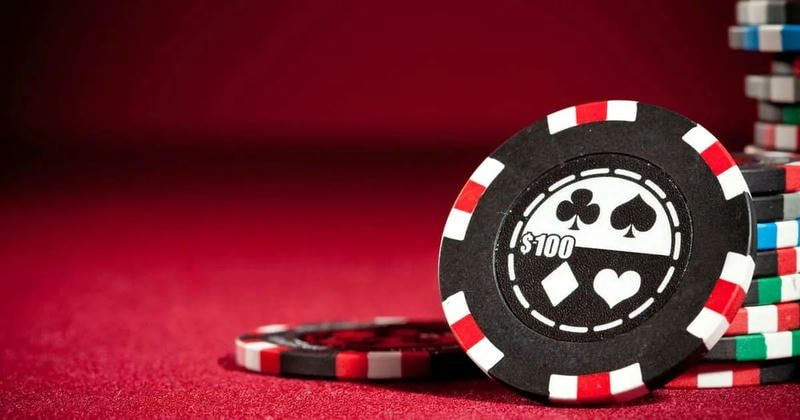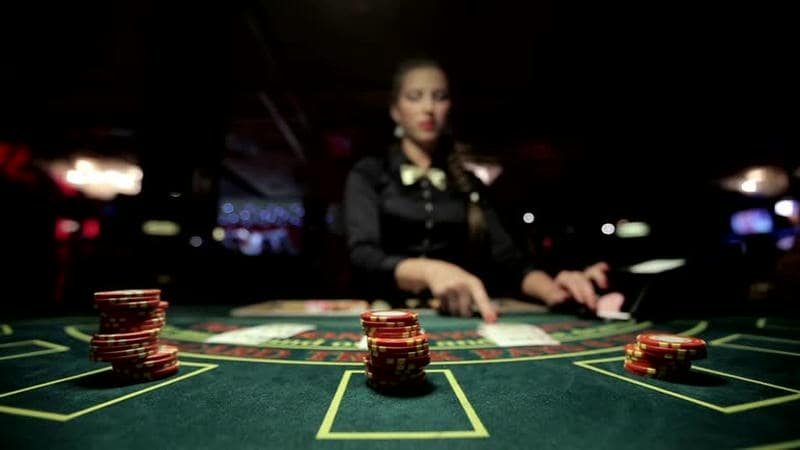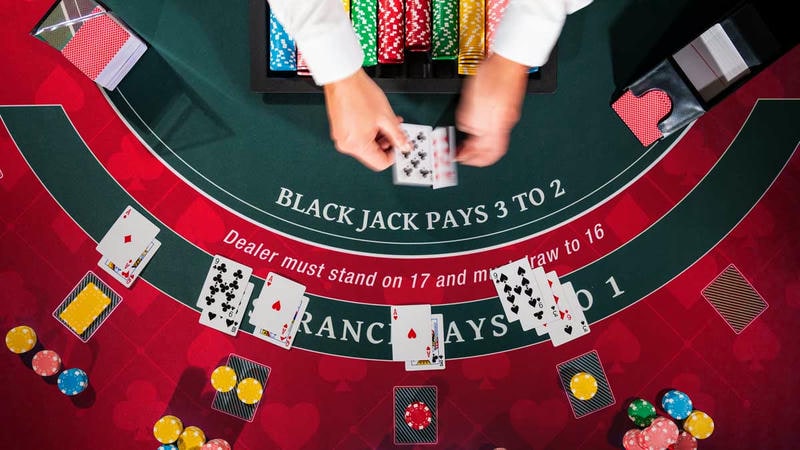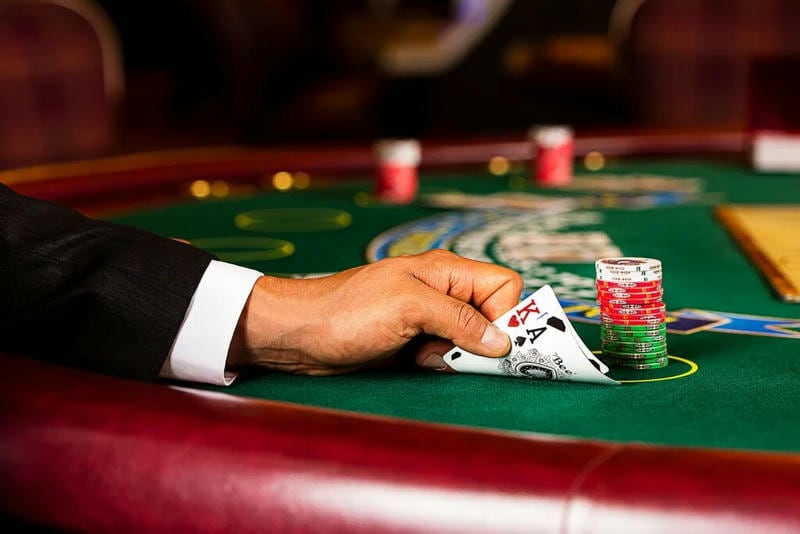Blackjack is one of the most popular casino card games, combining chance with smart decision-making. If you’ve ever wondered how to play blackjack: rules and player options, this guide will walk you through everything you need to know. Whether you’re new or looking to improve your skills, mastering the basics is the first step to winning more hands.
The core objective beat the dealer without going over 21
Before getting into tactics, it’s essential to understand the purpose of blackjack.
What are you trying to do in blackjack?
The game centers around a simple goal: getting a hand total as close to 21 as possible, without going over. If your hand beats the dealer’s hand and stays under 21, you win. It’s important to note that you’re not competing against other players—just the dealer.
Each card has a value that adds up toward your total. Numbered cards from 2 through 10 are worth their face value. Face cards—Jack, Queen, and King—are each worth 10. The Ace is special, as it can count as either 1 or 11, depending on what helps your hand most.
Let’s say you have an Ace and an 8. That’s a total of 19, a strong hand. But if your next card is a 5, your Ace now becomes 1, making your hand 14 instead of going bust. This flexibility is a big part of why blackjack remains such a deeply strategic game.

The basic flow of a blackjack round
At the start of each round, every player places a bet. Then, both the dealer and players receive two cards. The dealer shows one card face up, keeping the other hidden. Based on what you’re dealt—and what the dealer is showing—you must decide how to proceed.
The round ends once all players have acted and the dealer completes their turn. Whoever has the highest total under 21 wins. If both sides have the same total, the result is a “push,” and your bet is returned.
Key blackjack player options you need to master
What makes blackjack exciting isn’t just the pace or the thrill of beating the dealer—it’s the meaningful decisions players make during each hand. The rules might stay the same, but your choices can turn the tide of any game.
When to hit and when to stand in blackjack
At the heart of every blackjack hand lies a simple yet crucial decision—hit or stand. Choosing to hit means drawing another card, usually when your total is still relatively low. For instance, if you’re holding 12 and the dealer shows a 10, a hit may be your best bet. On the flip side, standing is often the wiser move with a strong hand—say, 18 or higher—where the risk of busting outweighs the chance of improving.
How doubling down adds risk and reward
If you like bold moves, doubling down might appeal to you. This option lets you double your bet in exchange for receiving just one more card. It’s often used when you have a 10 or 11, and the dealer has a weak upcard like a 5 or 6. The potential reward is high, but you’re locked in with one additional card only.
Why splitting pairs can improve your chances
When dealt two cards of the same value, you can split them into two separate hands. This move requires a second bet but can turn a weak hand—like a pair of 8s totaling 16—into two much stronger hands.
Using surrender and insurance as smart options
Some games offer surrender, allowing you to forfeit your hand early and recover half your bet. It’s a good fallback when facing a strong dealer card. Insurance, available when the dealer shows an Ace, is a side bet that pays if they hit blackjack. Use it sparingly—it’s usually more favorable to the house.

Blackjack rules every player should know
Even though blackjack looks the same across most tables, subtle rule differences can affect how you play. Whether you’re playing in Las Vegas or online at 91club, knowing the rules ensures you’re not caught off guard.
Dealer behavior: Know the house limits
Most blackjack games follow the rule that the dealer must hit until they reach 17. However, whether the dealer hits or stands on a “soft 17” (a hand that includes an Ace counted as 11) varies by casino. If the dealer hits on soft 17, it gives the house a slight edge.
This is important because it changes how aggressively you should play. If the dealer is more likely to improve a weak hand, you may want to take more chances yourself.
Blackjack payouts and the house edge
A standard blackjack pays 3:2. This means if you bet $20 and get blackjack, you win $30. Some casinos reduce this to 6:5, which increases the house edge. Always check payout rates before joining a table.
There are also variations in how many decks are used. Fewer decks tend to favor the player slightly. A single-deck game might offer better odds than an eight-deck game, but it’s also harder to find.
Using blackjack strategy to improve your odds
Now that you know the rules and options, let’s talk about the real game-changer—blackjack strategy. Blackjack isn’t just about luck. The choices you make have real mathematical consequences.
The power of the strategy chart
One of the best tools you can use is a basic strategy chart. This chart shows you the statistically best move for every possible hand combination. It’s based on probabilities and long-term data, not hunches.
For example, the chart might advise hitting on a total of 16 if the dealer shows a 10, even though many players would instinctively stand. It might recommend doubling down on 11 when the dealer shows a 5, maximizing your profit on a likely win.
Practicing with this chart is one of the fastest ways to get better. Some platforms, like 91club, allow players to view or download strategy charts during play. It’s a valuable resource, especially for beginners.

Why card counting isn’t always practical
Card counting is a legendary tactic in blackjack lore, but it’s not as useful in the online world. While counting can give players an edge in physical casinos—by tracking how many high or low cards remain in the deck—most online games use continuous shuffling, which resets the deck after every hand.
Still, understanding card distribution and learning how to recognize patterns can help you make smarter choices, especially in games that mimic real-deck behavior more closely.
Understanding how to play blackjack: rules and player options gives you a real edge at the table. Beyond luck, it’s smart decisions that shape your results. By learning the core moves and applying sound blackjack strategy, you turn a simple game into a rewarding experience—whether you’re playing at a casino or online at platforms like 91club.

